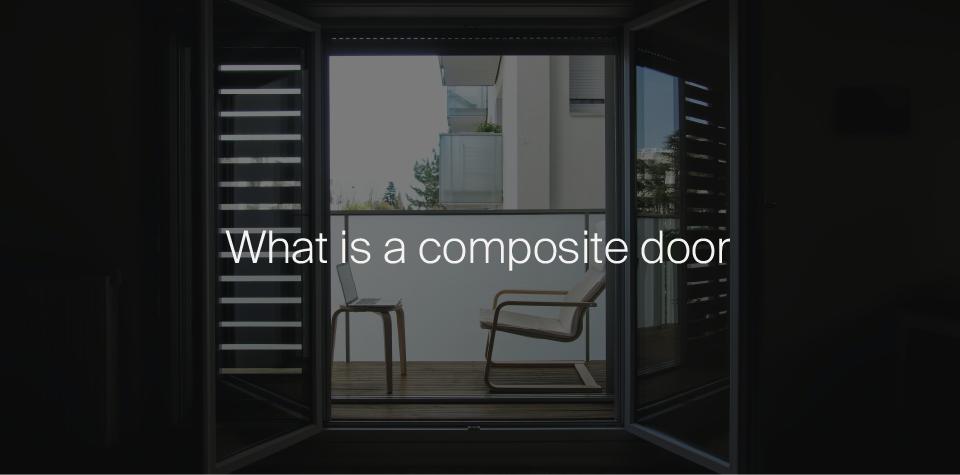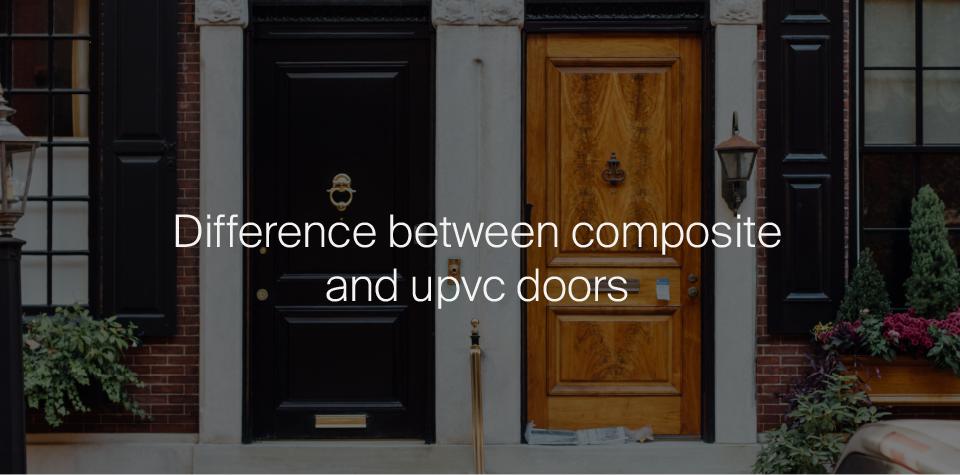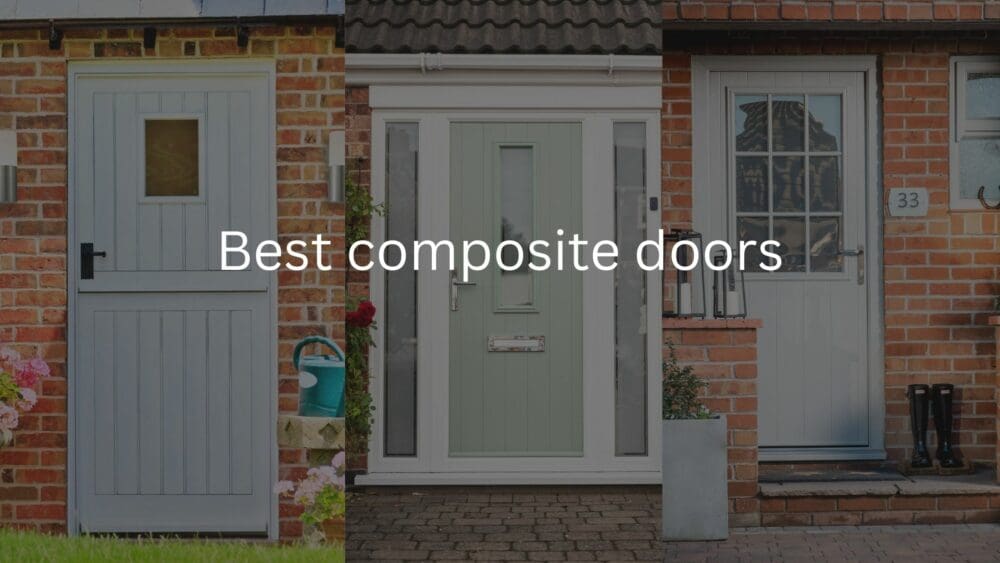Composite doors have become increasingly popular among homeowners and commercial property owners searching for a secure, stylish, and low-maintenance front door.
Unlike single-material doors, composite doors combine a solid timber core laminated with layers of polyurethane foam and GRP, bonded under high pressure. This rich composition makes them roughly twice as thick as typical uPVC doors, resulting in improved durability and energy efficiency.
What Are Composite Doors Made Of?
Composite doors consist of multiple materials arranged to maximise performance. At the core is a strong timber frame, surrounded by layers of insulating foam.
The exterior is covered with GRP, a tough plastic providing a woodgrain finish that looks like natural timber but withstands harsh weather without warping or fading.
Benefits of Composite Doors
-
Enhanced security with advanced locking mechanisms and laminated shatterproof glass keep homes safe from intruders.
-
Superior thermal efficiency as the insulated core retains heat, helping to reduce energy consumption.
-
Low maintenance option as Composite doors only need occasional cleaning and never require sanding or repainting.
-
A wide range of styles, colours and customisation options let you match your home’s aesthetic perfectly.
-
Durability with high resistance to cracking, swelling, and warping, composite doors maintain their appearance and functionality for decades.
Composite Doors Compared
| Feature | Composite Doors | Wooden Doors | uPVC Doors |
|---|---|---|---|
| Thickness | 35mm to 65mm | Variable, thinner | Around 28mm |
| Maintenance | Low, wipe clean only | High, needs painting | Low, but less durable |
| Security | High, multi-lock systems | Moderate | Low to moderate |
| Thermal Efficiency | Excellent (A-rated) | Moderate | Moderate |
| Durability (weatherproof) | Very high, warping resistant | Prone to warping | Moderate |
Customising Your Composite Door
You can choose from a broad palette of colours such as French Grey, Anthracite Grey, Golden Oak, Rosewood, and many more. Explore all colour options here or create a personalised design using the door builder with Klarna’s instant approvals at checkout.
Conclusion
Composite doors perfectly combine traditional aesthetics with modern materials to deliver better security, energy savings, and curb appeal. They represent a cost-effective long-term investment that enhances your home’s value and comfort. For additional tips and inspiration, visit the UK Composite Doors blog.
Design Your Door today and experience the difference a composite door can make.
FAQs
Are composite doors the same as uPVC doors?
No, uPVC doors have the same plastic as composite doors but without sturdy frames. This means that they lack the insulation and security that composite front doors offer. uPVC doors are easy to break into as they are usually around 28 mm thick, compared to a composite door which is usually around 44 mm thick.
Do composite doors fade?
A composite door does not fade, even with direct exposure to the sun or other weather elements.
How much does a composite door weigh?
This will depend on the size of the composite door. A typical composite door might weigh around 30 kg, without the heavy glass or fittings.
How thick are composite doors?
A composite door usually comes in 35 mm, 44 mm and 65 mm thicknesses. A composite door can be manufactured to any thickness you desire.
What does a composite door cost?
This depends on the style, colour, level of security, and size. Remember, a composite door is the premium alternative to uPVC doors. You can take a look at the latest composite door costs on UK Composite Doors.
How are composite doors made?
Composite doors are made from a range of materials, including uPVC, timber, GRP & insulating foam, which allows the door to be highly secure. This is just one of the many benefits of composite doors that are due to the strong materials they are made of.



